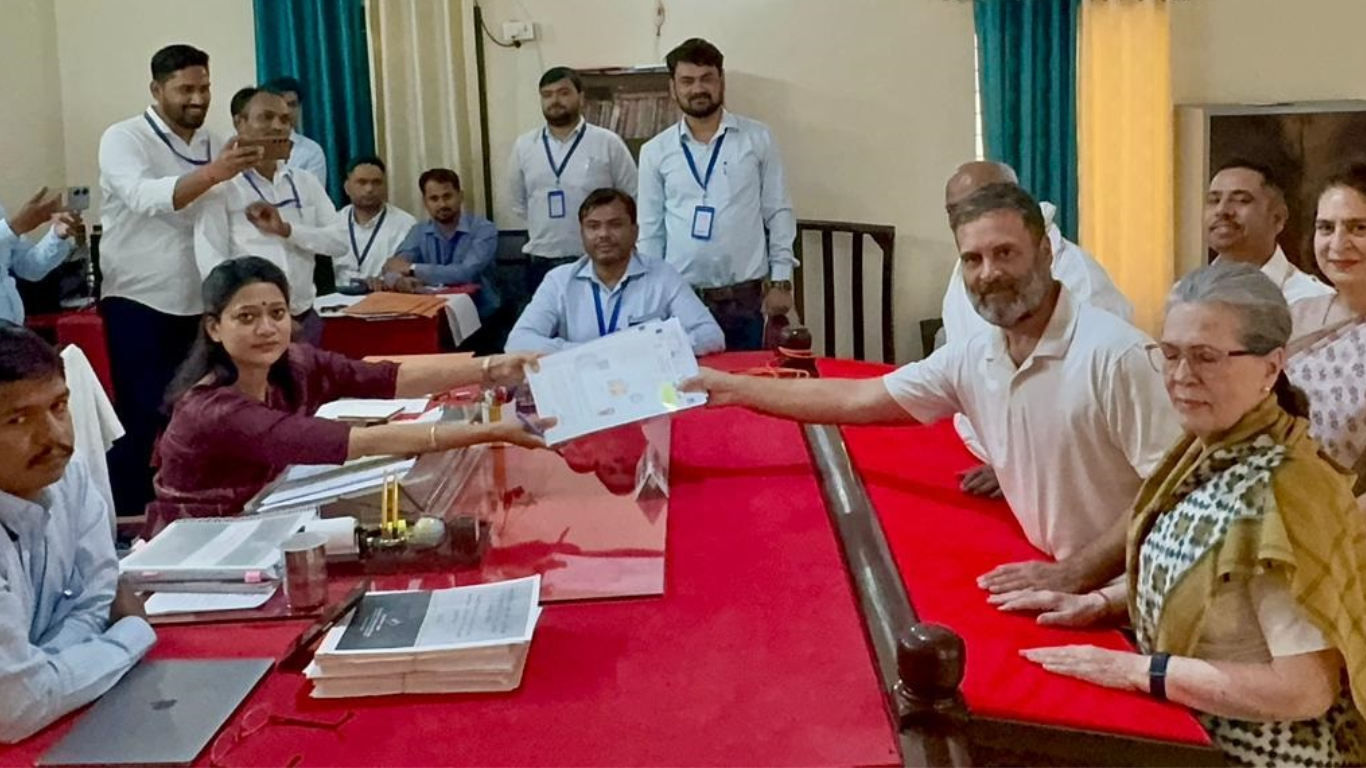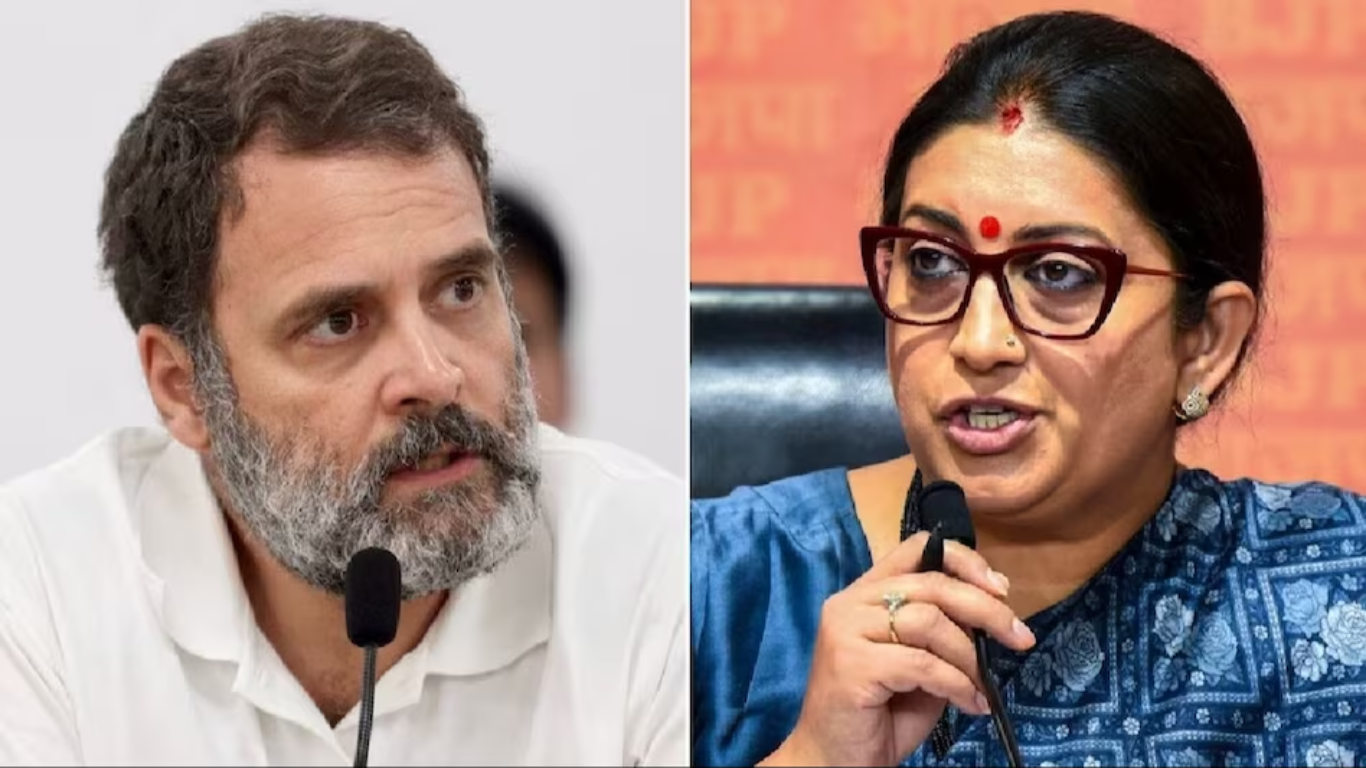



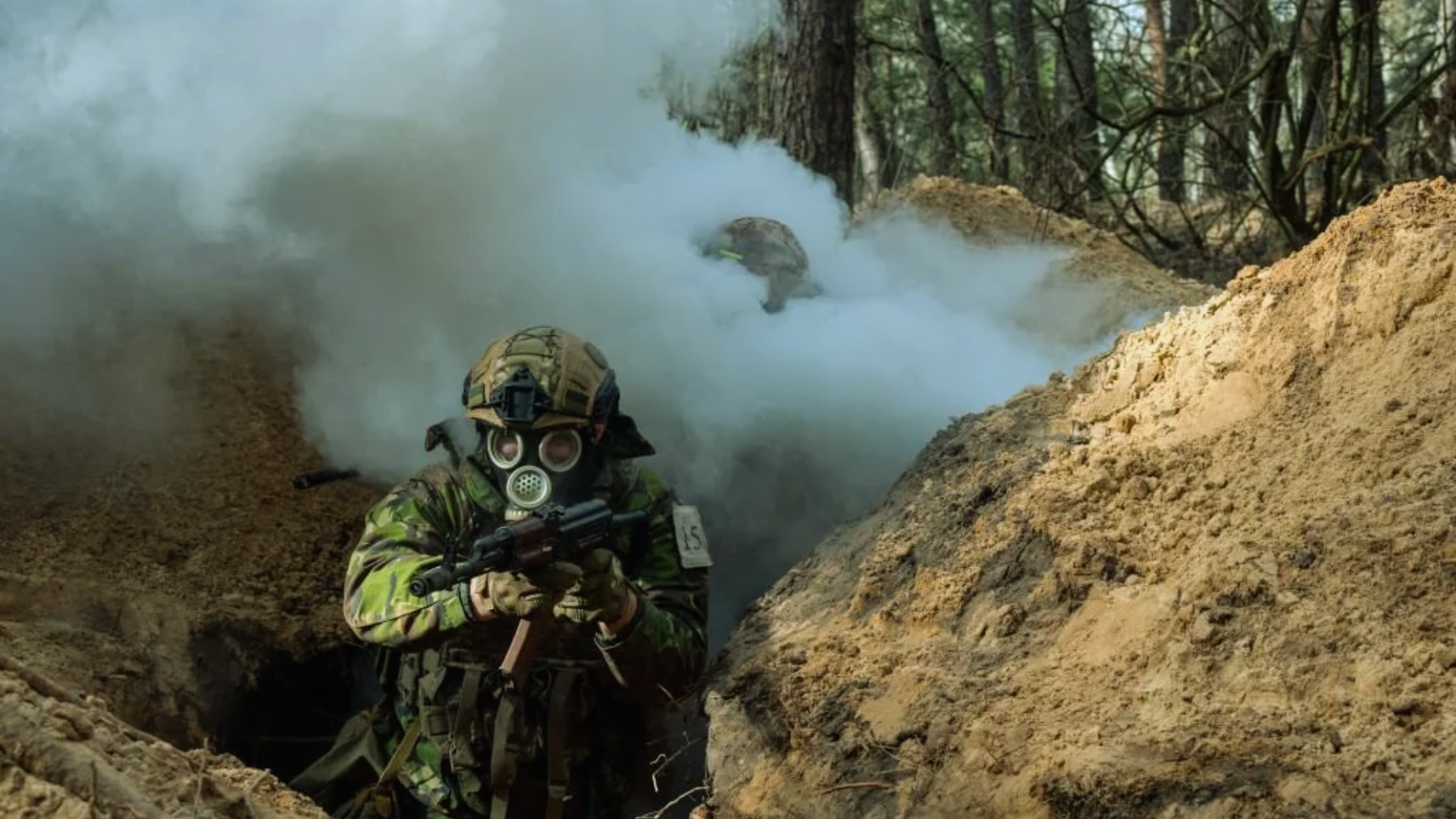

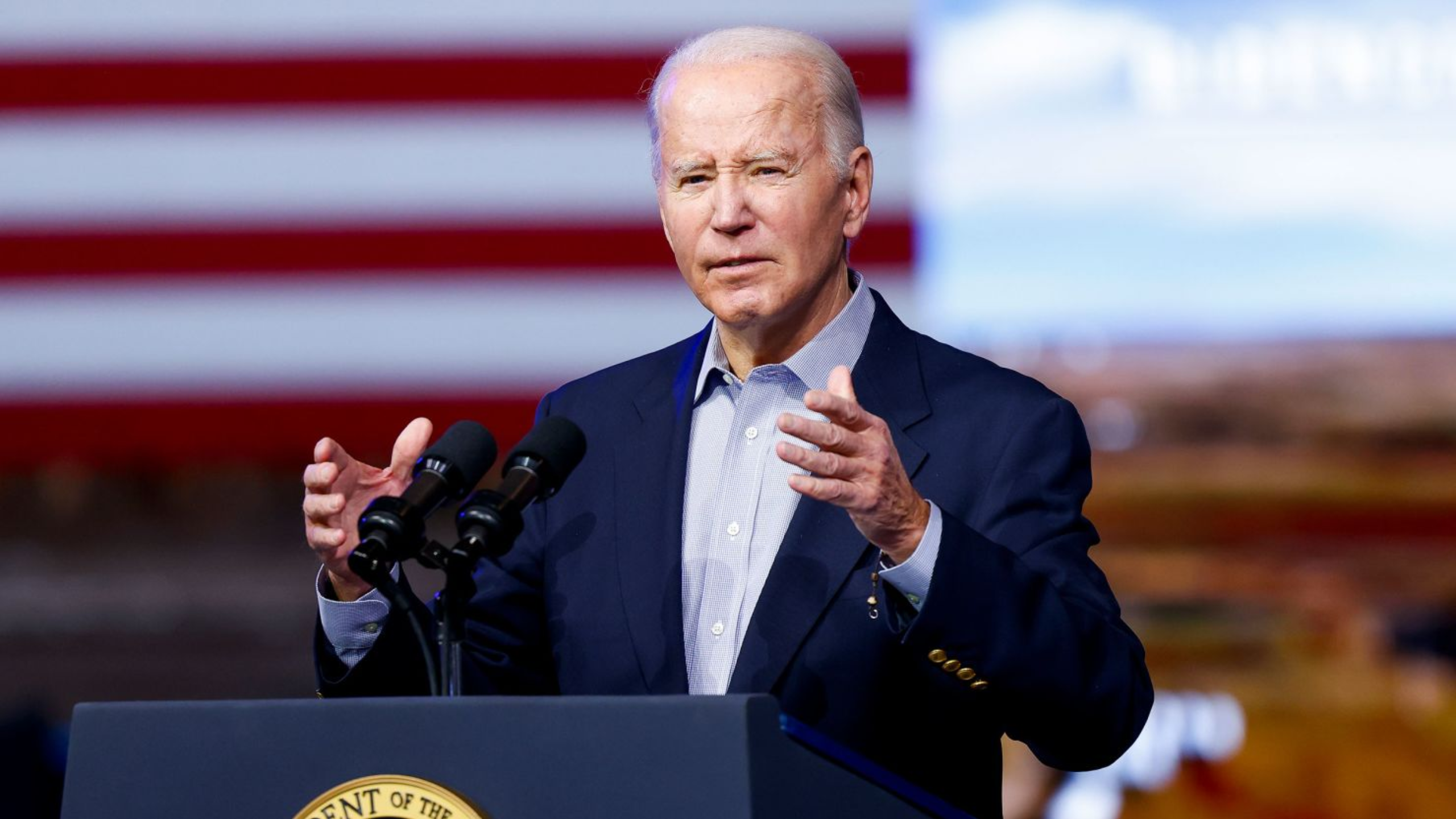

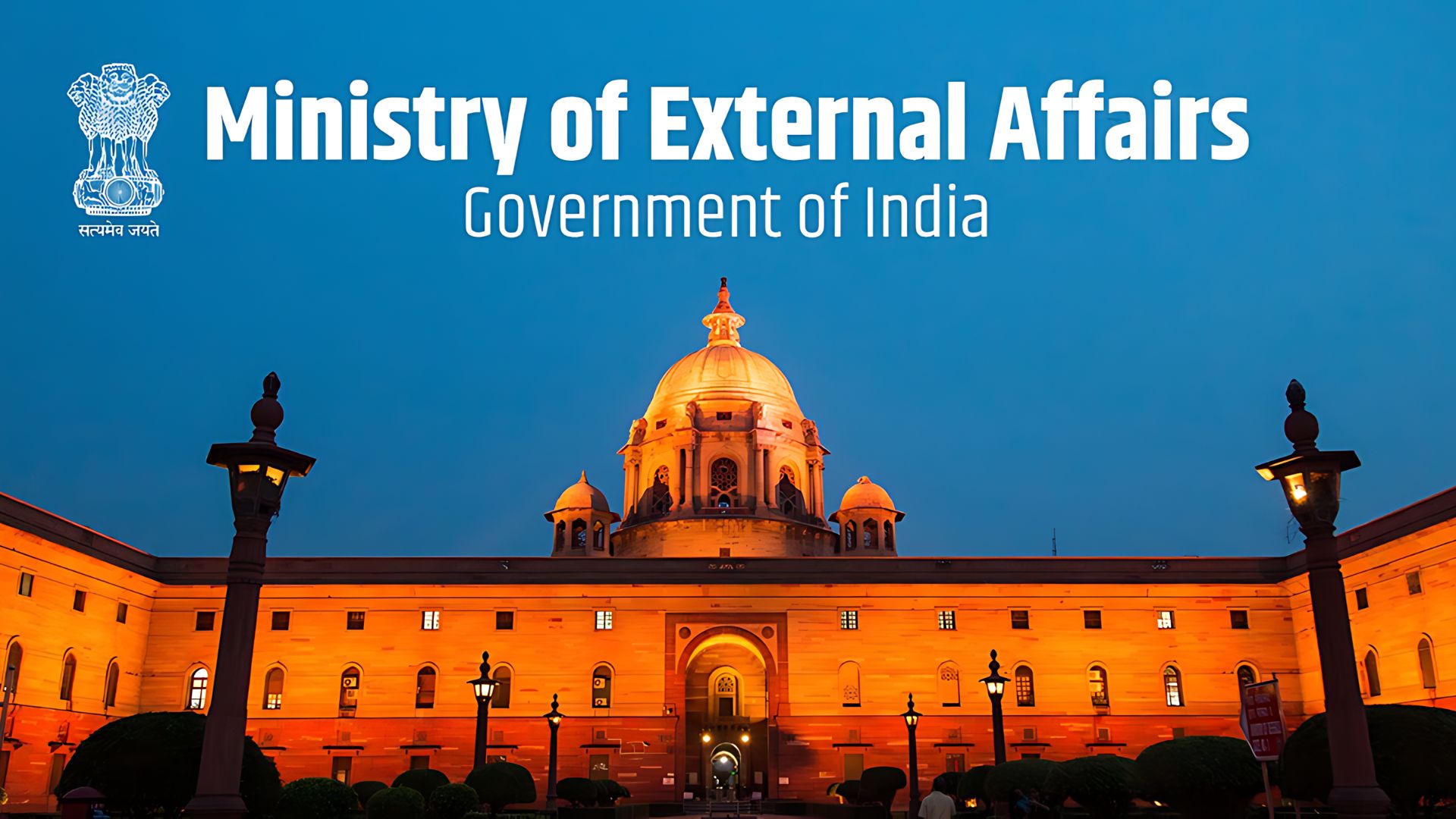

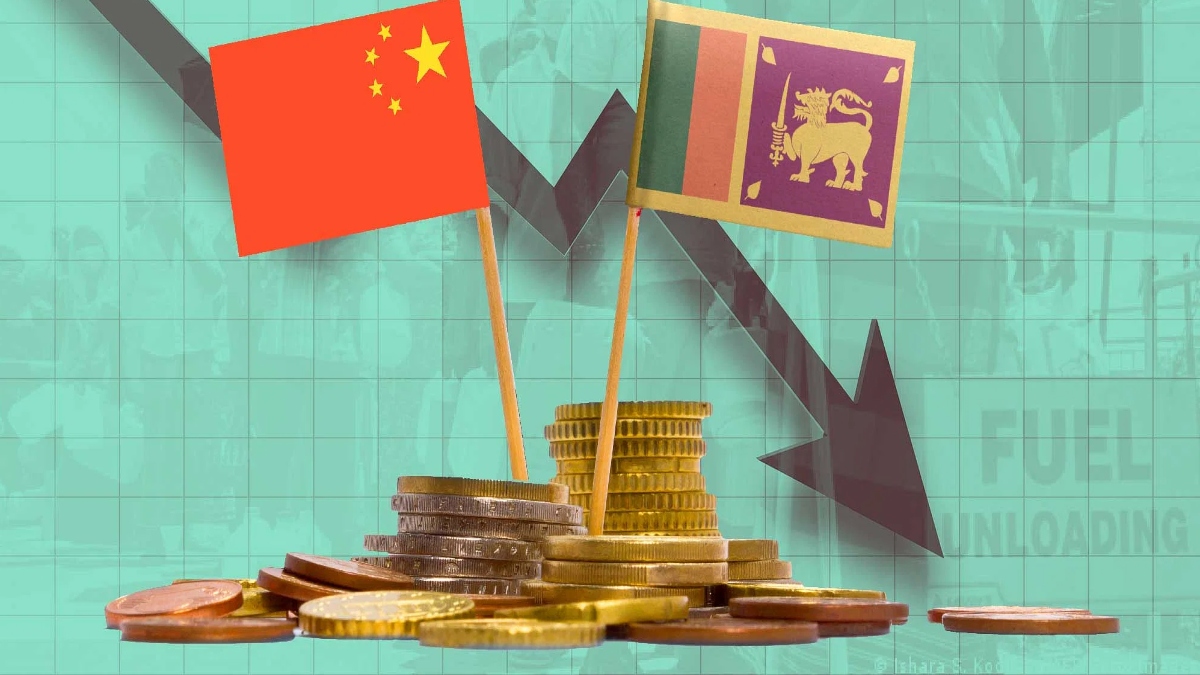
According to a research media release, the core cause of difficulties behind the loans granted by China are poor regulatory frameworks in the country and a lack of circumspection exhibited by politicians and public officials in making judgments.
According to a Verite Research media release, media sources blame China and its lending practises in part for Sri Lanka’s financial issue.
According to the release, the publication titled “The Lure of Chinese Loans: Sri Lanka’s Experiment with a Special Framework to Finance its Infrastructure” sheds light on the dangers of creating frameworks to facilitate deviations from competitive bidding in order to access concessional export credit from emerging economies such as China.
Furthermore, the report stated that the underlying causes of problems associated with loans taken to finance infrastructure are the country’s weak regulatory frameworks, and that fixing the country’s procurement regulatory framework and improving independent oversight of the procurement process is critical to preventing irresponsible borrowing, cost overruns, and poor project selection.
According to the study, Sri Lanka adopted a framework in 2010 that permitted the cabinet to authorise the processing of projects that started as Unsolicited Proposals (USPs) outside of the usual competitive bidding procedure.
The investigation also examined the design and implementation of the special framework, concluding that the lack of rigour in the review process, as well as decision-makers’ capacity to exercise excessive discretion, made the framework highly vulnerable to abuse and manipulation. The SCARC-approved Gampaha, Attanagalla, and Minuwangoda Water Supply Project (GAMWS) research revealed the shortcomings of the unique framework in practise. Despite having limited experience and skills of similar water projects, the project began as a USP from China Machinery Engineering Corporation (CMEC) and was awarded to the same business.
From 2010 to 2016, the period might be regarded the golden era for Chinese funding, with Sri Lanka receiving USD 5,895 million in loans from China. SCARC-approved projects accounted for more over half of these loans (53%).
The report’s study also identified shortcomings in the supervision mechanisms for detecting and preventing malpractices, and a lack of accountability appeared as a critical element in contributing to the recurrence of such issues.
Keeping in mind Sri Lanka’s vulnerability as a minor country, the Chinese government previously developed connections with the Rajapaksa family by giving extravagant vanity projects. Some of the projects include the Mattala Rajapaksa International Airport in southern Sri Lanka, which was financed mostly by a high-interest loan from a Chinese bank and has been operating at a loss since its inception. Furthermore, under the Belt and Road Initiative (BRI), Chinese investment in the island country has soared.
Read more: IMF agreement gives us confidence, grateful to India: Sri Lankan envoy




